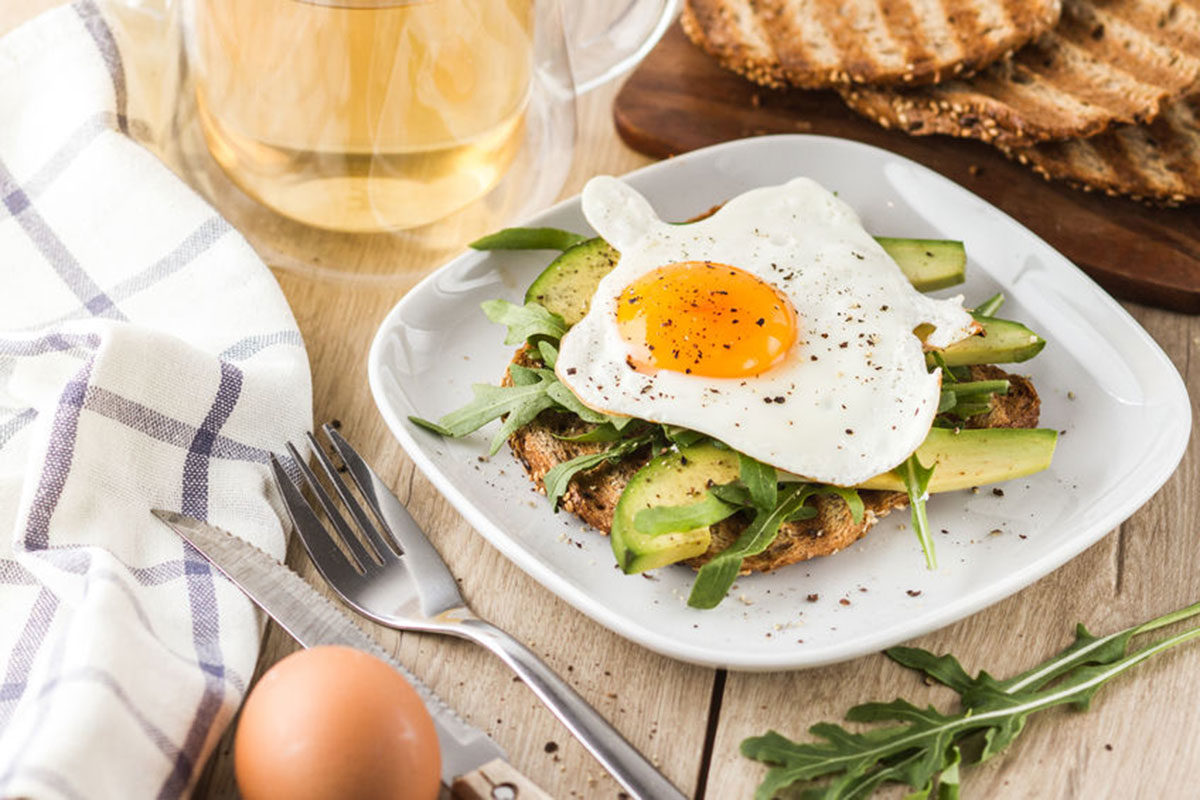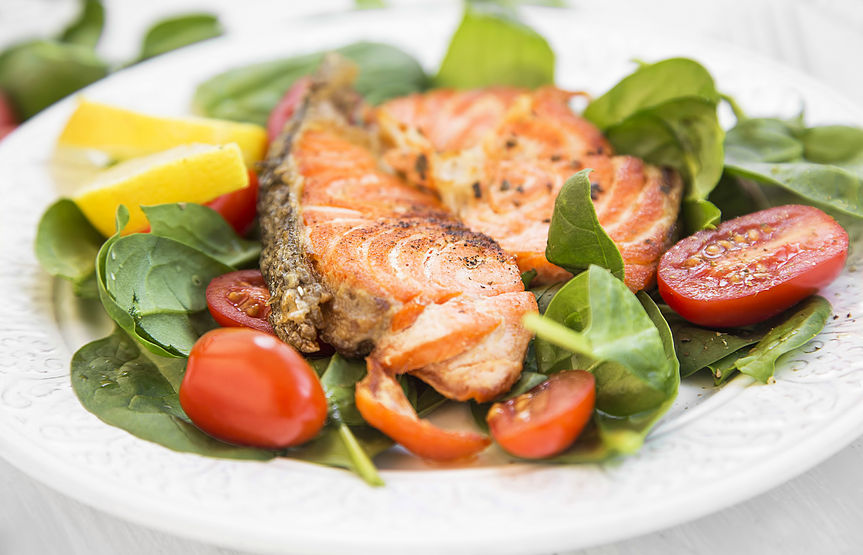We’re all aware that packaged foods have additional ingredients. Some are more harmful for our health than others. While best practice for fueling your body for long-term health is to stick to eating whole foods, your busy lifestyle might have you leaning on packaged products to save time.
Packaged foods are a fact of life for most people in North America. No matter how busy your schedule is, I recommend to aim for a minimum of 80% whole foods to 20% packaged foods in your diet. For the packaged items you choose, it’s important to read your labels and understand what’s in the food your buying.
Thickeners like the ones I reference in this post can be found in all kinds of different canned, jarred or packed products. Each type of thickener has a different upside (why it’s used in the product) and downside for your health. It’s a good idea to familiarize yourself with the list below so that you can limit the amount of thickeners in your diet.
Pay special attention to eliminate the thickeners below if you have an inflammatory bowel condition, or suspect leaky gut. This may mean making more foods from scratch, but this time investment is small compared to the time out required from aggravating one of these conditions.
Read your labels and know what you’re taking in!
Thickeners are one of many ingredients added to processed foods. And they do just that: thicken. They absorb water and form a gel-like consistency. They’re often used to make foods thick and creamy, without having to add a lot of fat.
Thickeners also tend to emulsify and stabilize foods they’re added to. Emulsification allows fats and water to mix better and prevents them from separating (i.e., oil/vinegar salad dressing versus a thicker or creamier emulsified dressing). And “stabilizing” helps the product have a longer shelf-life before the “best before” date.
Thickeners are often found in canned dairy-free milk and any milk that comes in a carton, baked goods, soups/sauces/gravies, puddings/ice cream, etc. Some are even added to dietary supplements!
These thickeners are polysaccharides, which means they’re long chains of many (poly) saccharides (sugars). They’re typically difficult to digest, which makes them similar to dietary fiber. And this also means they can help you feel fuller longer without providing many calories or any nutrients.
They’re naturally-derived but are heavily processed to extract the compound. (Did I say “heavily?”)
Good to know: food additives are considered anti-nutrients because they reduce the absorption of dietary minerals like calcium.
Overall, for the general healthy population, in small doses, these thickeners don’t seem to create massive health concerns. But, even though they’re extracted from whole foods, they’re far from it. Plus, there are lots of reasons to avoid them altogether.
Let’s briefly dive into five of the common ones.
Xanthan Gum
Xanthan gum is made by a bacteria called Xanthomonas campestris. This bacteria can cause diseases in plants (e.g., leaf spot). The xanthan gum is created when the bacteria ferment sugar. Xanthan gum is extracted from the liquid, dried, and ground.
Because it’s like dietary fibre, xanthan gum has been shown to help reduce blood sugar spikes. Its thickening properties can help slow the absorption of sugar, therefore slowing the speed sugar can get into the bloodstream.
In high doses, xanthan gum can act as a laxative and can cause bloating, gas, and diarrhea. It also may act as a prebiotic (food for our friendly gut microbes), but more research is needed.
Xanthan gum should be avoided by infants and people with severe wheat, corn, soy, or dairy allergies.
Guar Gum
Guar gum is made from legumes called guar beans. These beans are split, and the endosperm is ground to get the guar gum.
Like xanthan gum, guar gum may reduce blood sugar spikes, act as a laxative, and possibly a prebiotic.
In rodents, guar gum has been shown to increase intestinal permeability (i.e., leaky gut).
Cellulose Gum
Cellulose gum is made from wood pulp and cotton. To extract the cellulose gum, the pulp is processed with several chemicals, which are then removed.
Cellulose gum can cause bacterial overgrowth and inflammation in animals who eat large amounts of it. It’s been suspected to be linked with IBD (Inflammatory Bowel Disease).
Carrageenan
Carrageenan is made from red seaweed that’s dried, ground, chemically treated, filtered, and dehydrated.
Carrageenan can increase intestinal permeability (i.e., leaky gut). It has been linked to gastrointestinal inflammation, ulcers, and colitis-like conditions in animals. It has also been used in high doses to cause tumors in animals for cancer research.
Unlike other thickeners, some rodent studies have shown that carrageenan can worsen blood sugar control issues.
Lecithin
Lecithin most often comes from soybeans, but can also come from eggs, canola, or sunflower seeds. It’s heavily processed with chemicals and then purified.
Lecithin also contains phospholipids, triglycerides, sterols, free fatty acids, and carotenoids.
One of lecithin’s metabolites (what your body metabolizes lecithin into once it’s absorbed) is linked to heart disease. On the other hand, it does lower serum cholesterol. Overall, the jury seems to be out on its heart health effects.
Conclusion
Thickeners are highly processed food additives derived from nature. They are found in many processed foods because they thicken, reducing the amount of fat needed.
In the body, they can act as a dietary fibre, and may have some of the health benefits of that. But, they can also contribute to gastrointestinal issues, especially in higher doses. They can also be allergenic in small doses.
Do you read your labels to see which thickeners are in your foods? Are you going to look out for these additives? Let me know in the comments below.
Recipe (Thickener-free): Creamy Salad Dressing
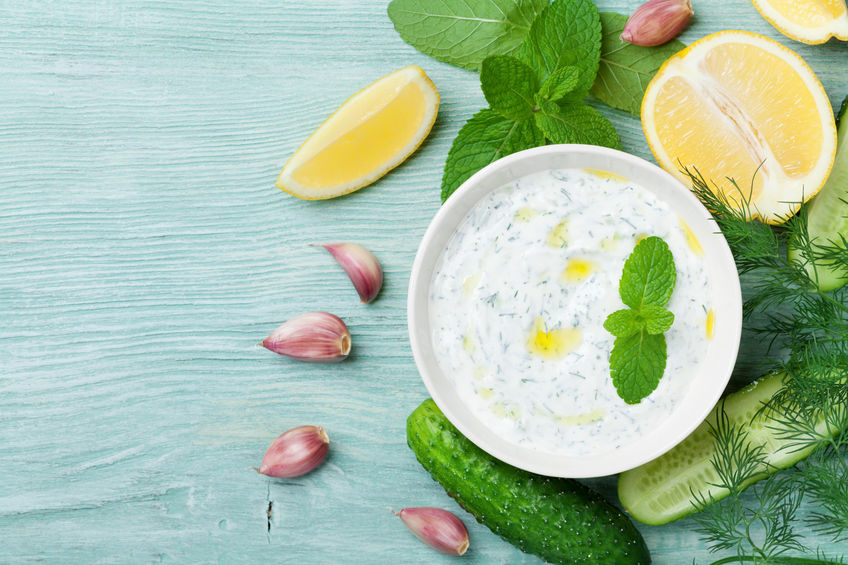
Serves 8-12
1 avocado, ripe
½ cup coconut milk – use one without added thickeners or make your own (you may need more to thin)
2 cloves garlic
1 Tbsp. apple cider vinegar
1 Tbsp. lemon juice
1 tsp dill, dried
1 tsp chives, dried
1 tsp parsley, dried
½ tsp basil, dried
4 dashes salt
4 dashes pepper
Instructions
Combine all ingredients in a blender. Blend until creamy.
Add more coconut milk or herbs/spices to reach desired consistency and flavour.
Serve & enjoy!
Tip: Add cilantro for additional flavour.
References:
https://www.thepaleomom.com/is-it-paleo-guar-gum-xanthan-gum-and-lecithin-oh-my/
https://www.healthline.com/nutrition/xanthan-gum
https://www.healthline.com/nutrition/guar-gum
https://www.healthline.com/health/food-nutrition/cellulose-gum

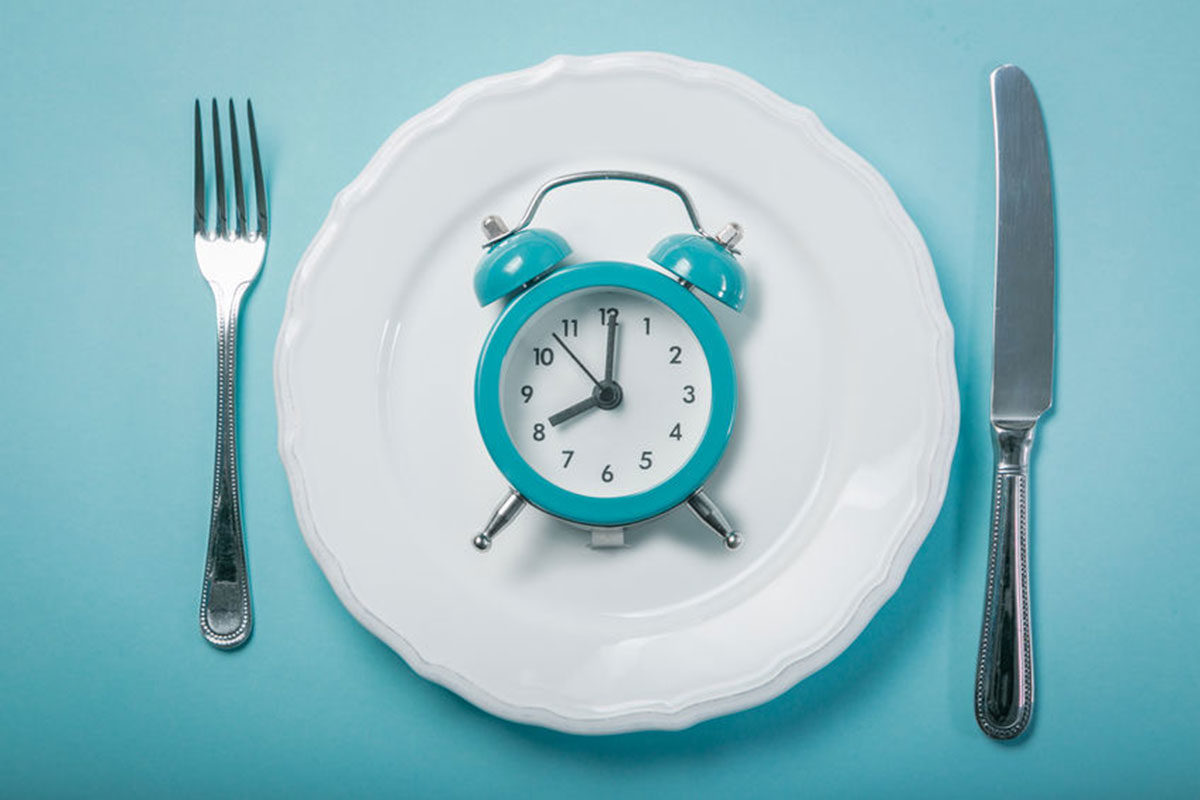
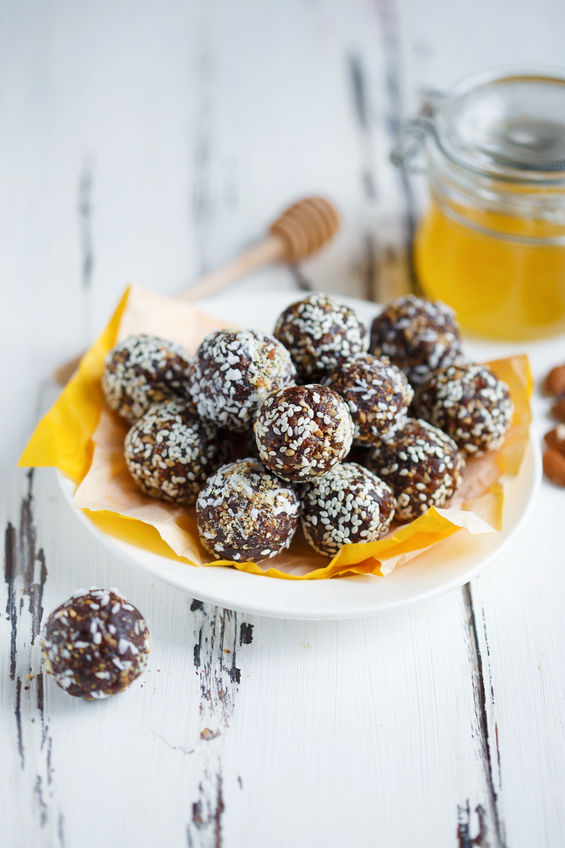

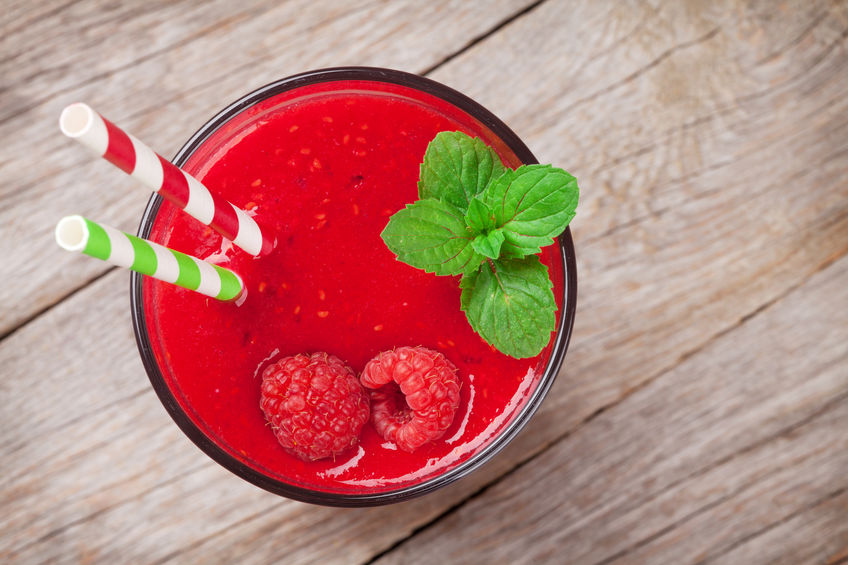 Serves 1
Serves 1